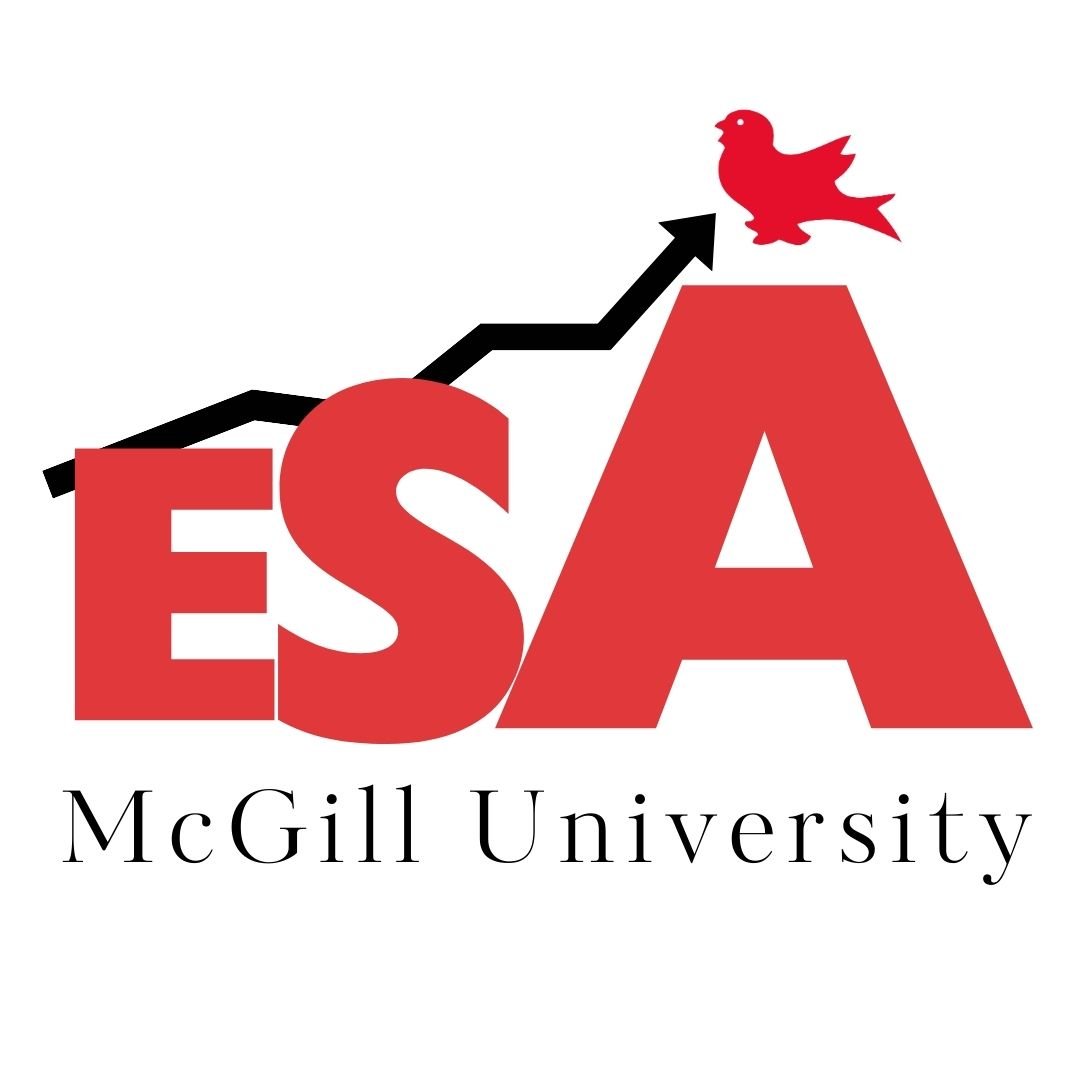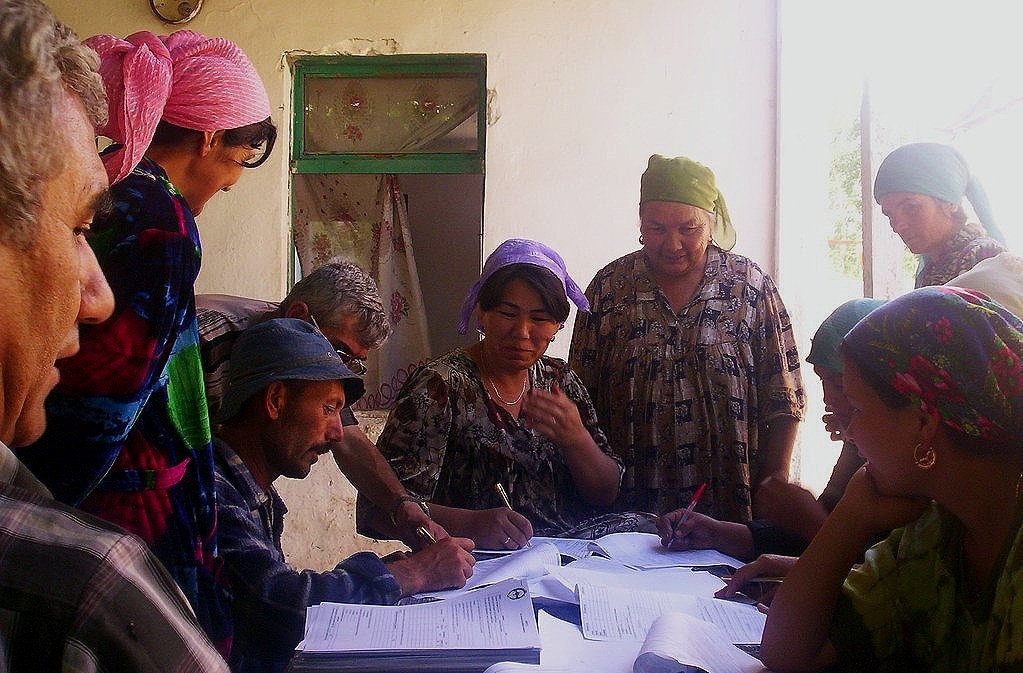Microfinance and The Mirage of Female Empowerment
Development theory and practice have undergone significant changes since the late 20th century, including a shift towards proliferating women’s consciousness and abilities and granting women equitable access to resources and markets. The transposition to a more nuanced understanding of women in development studies has led to the unequivocal discourse surrounding microfinance as a panacea to poverty alleviation and female empowerment.
Microfinance Institutions (MFIs) can provide economic aid to impoverished and marginalized women in the Global South, who are otherwise prohibited from accessing and acquiring financial institutions and credit, respectively. However, upon closer analysis, we see that MFIs may adhere to neoliberal ideas of exploiting borrowers to become financially sustainable institutions. The implication is that there is a tradeoff between the financial sustainability and outreach capacity of these institutions. Thus, I believe there is a fundamental paradox between the rhetoric of microfinance as a means of female empowerment and a grassroots solution to economic marginalization and its practice as an endorsement of the hegemonic neoliberal economy and essentialist views of women.
Microcredit is the provision of financial/social services to individuals with low socioeconomic status, to foster small-scale entrepreneurship, encourage financial independence and stability amongst its clients, and as a means to alleviate poverty in developing countries. Microfinance Institutions can be NGOs, private commercial banks, credit unions, or non-commercial establishments. Several of these organizations operate in rural Bangladesh, with Grameen Bank (Private Commercial Bank) and BRAC (Non-Governmental Organization) at the forefront of MFIs worldwide. In Bangladesh, we see 1 in every 11 adults unable to gain access to a bank account. This form of exclusion prohibits people living in poverty from engaging in the nation’s formal financial sector, resulting in the pursuit of unorthodox methods to manage their day-to-day expenditures, save, and borrow funds.
The growing recognition of microcredit has been attributed to its role as a stimulant in economic development and its ability to proliferate a country’s income levels and increase access to employment opportunities while providing the resources and expertise needed for budding entrepreneurs. Studies conducted in 1998 by Mark Pitt & Shahidur R. Khandker stipulate that the provision of large loan sizes generates a lower poverty incidence for all credit beneficiaries. In Bangladeshi villages targeted by Grameen Bank, 76% of program participants that have taken minimal to no financial credit are situated below the absolute poverty line ($1.90 USD), analogous to 57% of households who have taken greater than five loans. Studies by Khandker stipulate that for BRAC, for every 100 taka ($1.18 USD) granted to a female participant, household consumption rises by 18 taka ($0.21 USD). Though the rate of change in expenditure is low, over time, disbursement of progressive loans can warrant the increase of household income and consumption significantly.
More recently, however, MFIs have been described as an extension of neoliberal capitalism that exploits as opposed to empowers members by raising their debt burden. This is the case for borrowers that use savings and assets towards weekly installment payments on the credit they receive. MFIs also resort to using coercive loan repayment methods (i.e. group pressure, collective shaming, social collateral, etc.), to guarantee quick repayment of loans and ensure high remuneration rates of > 97%. In rural Bangladesh, public shaming for those who fail to repay loans results in dishonor and indignity for participants and perpetuates barriers against women by law, policies, markets, and local communities, thus normalizing women’s limited access to rights and entitlements.
Additionally, based on studies by A. M. Goetz and R. Sen Gupta, approximately 63% of women participating in BRAC and Grameen Bank’s credit programs have minimal to no control over loan usage. Since the female member of a household oversees credit remuneration, if the husband is not complicit in paying back the funds he used, domestic violence can occur because of it. Of the 120 Grameen Bank clients questioned in Goetz and Gupta’s studies, 18% claimed that domestic violence decreased whereas 70% declared that hostility within the household worsened. With such a large portion of members having low control over credit use, microcredit seems to heighten rather than mitigate the level of female abuse within the household.
Another aspect to consider is that MFIs essentialize the cost-recovery and sustainability of their institutions, causing these financial systems to reflect neoliberal market precepts. Under a neoliberal doctrine, the Bangladeshi state has maintained a weak presence in rural economic sectors cutting subsidies and welfare spending to MFIs. This causes MFIs to shift objectives to maximizing rates of loan remunerations to keep the institution afloat. This demonstrates how MFIs do not allow the poor to cultivate and manage their welfare, but rather promote globalization at the grassroots level.
Undoubtedly, MFIs’ provision of economic and social interventions contributes to the growth of small-scale entrepreneurship by increasing household income. However, MFIs prioritize the financial sustainability of their institutions, can exploit borrowers, and contribute to a neoliberal agenda of taking profits from small-scale entrepreneurs. This exacerbates gender inequality in households and communities and disempowers women. To combat this, systemic changes need to be made within these institutions to shift MFIs’ priorities from financial sustainability to long-term poverty alleviation and female empowerment.
Edited by Nadira Anzum
Featured Image "Female farmers microfinance training" by UNDP in Europe and Central Asia is licensed under CC BY-NC-SA 2.0

